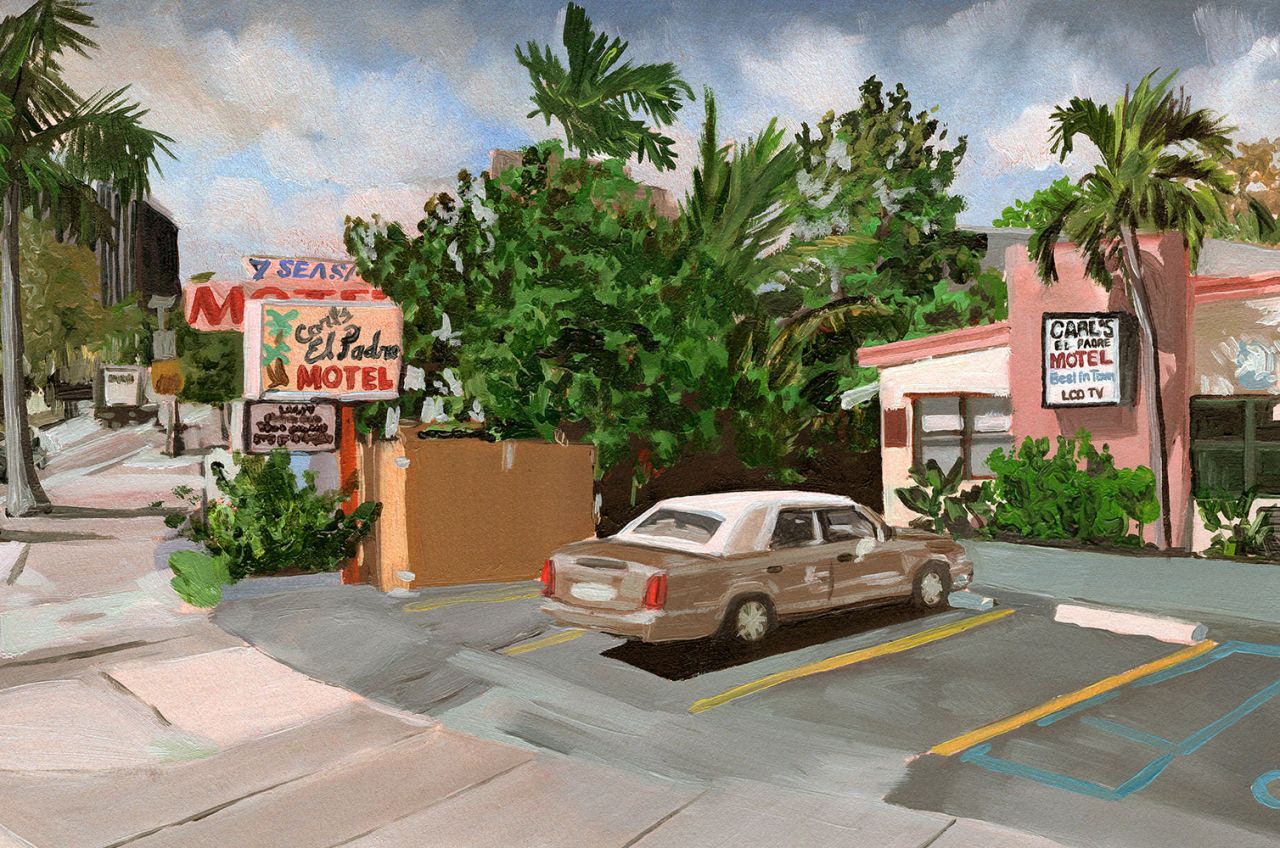Creating Art from Photographs: Transform Your Images
In today's digital age, creating art from photographs is a skill that can set professional photographers apart in a crowded market. This process not only enhances your portfolio but also allows you to express a deeper level of creativity. By transforming ordinary snapshots into extraordinary pieces, photographers can tell more compelling stories through their work.
For professional photographers, the art of transforming photographs is about more than just applying filters or making adjustments in post-production. It's a journey of finding the soul within each image and showcasing it in a way that resonates with viewers on an emotional level. Lets dive into how this transformation can be achieved and the impact it can have on your professional journey.

Understanding the Basics of Photographic Transformation
At the heart of creating art from photographs is the understanding that a photograph is just the beginning. The real magic happens when a photographer begins to manipulate the image to enhance its story. This can be done through various techniques, from digital editing to incorporating mixed media elements.
One popular method is using software like Adobe Photoshop or Lightroom, where photographers can alter lighting, color balance, and texture. These adjustments can dramatically shift the mood of an image, turning a simple photo into a piece of art that captivates viewers.
Incorporating Mixed Media
Beyond digital tools, many photographers are exploring mixed media to add depth to their work. This can include adding paint, ink, or other materials directly onto printed photographs. By doing so, they create a tactile experience that draws viewers in and invites them to explore the piece more intimately.
For example, combining photography with painting can lead to stunning results that blur the lines between reality and imagination. This approach not only enhances the visual appeal but also adds a unique signature to your work. For more inspiration on how to blend different art forms, check out how traveling influences artistic choices in this insightful article.
The Importance of Storytelling in Art
When creating art from photographs, storytelling plays a crucial role. Every photo has a story to tell, and as a photographer, your job is to bring that story to life through artistic transformation. This involves not just technical skills but also a deep understanding of the narrative you wish to convey.
Consider the emotions you want to evoke in your audience. Is it nostalgia, joy, sadness, or wonder? By focusing on these emotions, you can guide your creative process and make deliberate choices that enhance your storytelling. Learn more about using personal history in art through this blog.
Memory and Emotion in Photographic Art
Memory plays a pivotal role in how we perceive and create art. Photos are often steeped in memories, and transforming them into art allows those memories to be reimagined and relived. By tapping into this aspect, photographers can create works that resonate on a personal level with viewers.
For further reading on this topic, explore how memory can inspire art through these prompts and exercises.
Practical Tips for Creating Art from Photographs
Now that we've explored the conceptual aspects, let's look at some practical tips for creating art from photographs. These tips can help you get started on your artistic journey:
Start with a Strong Image
Choose a photograph that already tells a story. The stronger the initial image, the more impactful your final piece will be. Look for photos that have emotional depth and interesting compositions.
Experiment with Techniques
Don't be afraid to experiment with different techniques. Whether it's digital manipulation, adding textures, or incorporating mixed media, the key is to try new things and see what resonates with your style.
Study Other Artists
To improve your skills, study other artists who excel in transforming photographs into art. Analyze their techniques and try to understand their creative process. A great starting point is this list of artists who can inspire your journey.
Remember, the goal is to create something that is uniquely yours. By taking inspiration from others and adding your personal touch, you can create stunning art from photographs that stands out.
Conclusion
Creating art from photographs is an exciting and rewarding process that allows photographers to push the boundaries of their creativity. By understanding the basics, incorporating storytelling, and experimenting with different techniques, you can transform ordinary photos into extraordinary pieces of art. Embrace the challenge and let your creativity run wild as you embark on this artistic journey.

FAQs
What tools are best for transforming photographs?
Popular tools include Adobe Photoshop and Lightroom for digital editing. For mixed media, traditional art supplies like paint and ink can be used.
How can I find inspiration for my art?
Look at the work of other artists, explore different cultures, and draw from personal experiences to find inspiration. Consider checking out how travel can influence your art.
How important is storytelling in photographic art?
Storytelling is crucial as it adds depth and emotion to your work, making it more engaging and meaningful to viewers.

